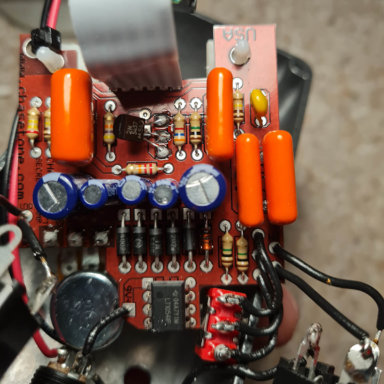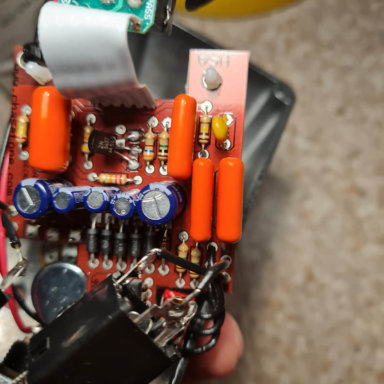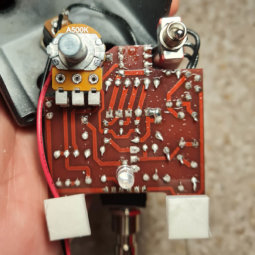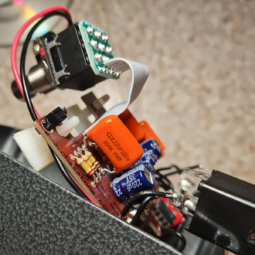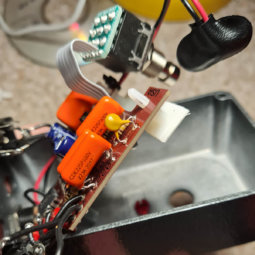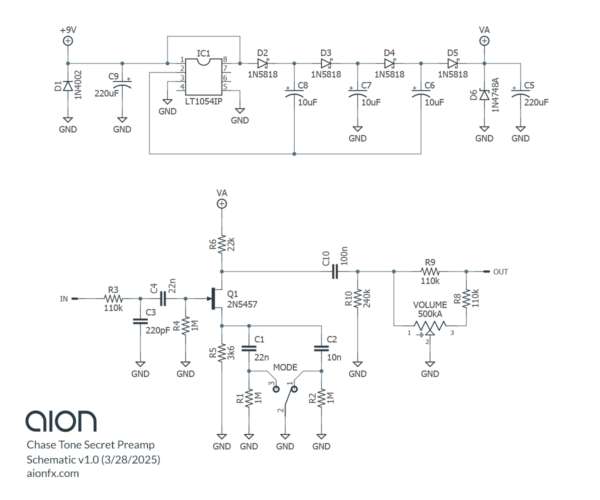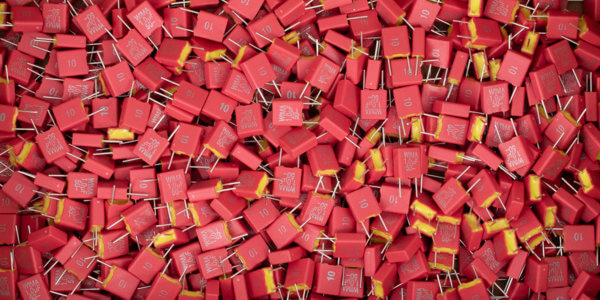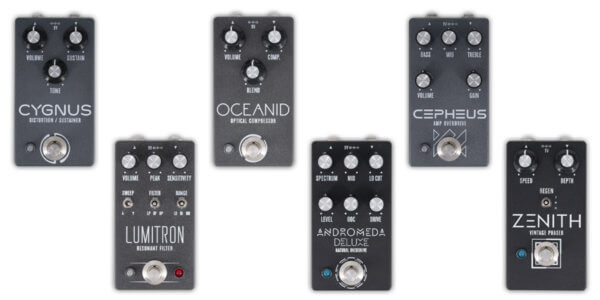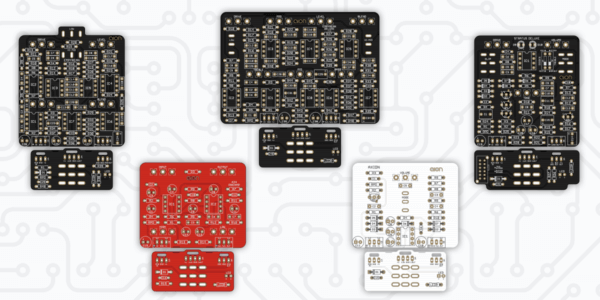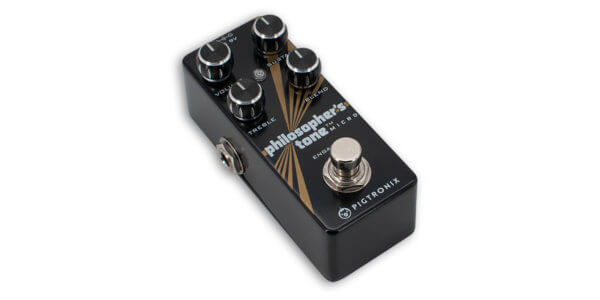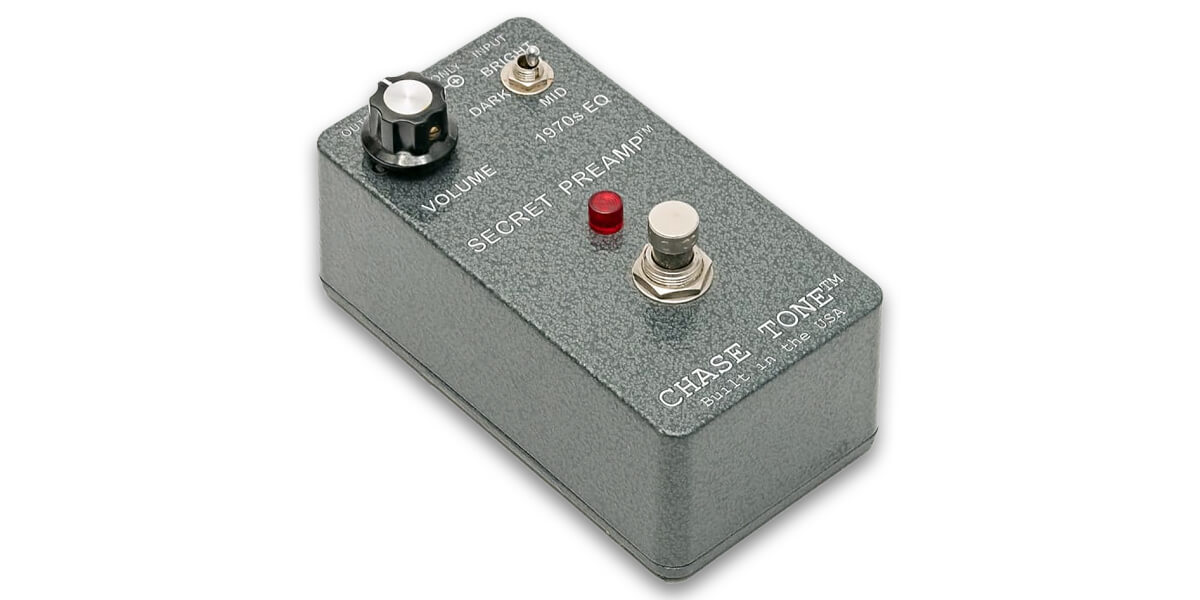
Tracing Journal: Chase Tone Secret Preamp
Sometimes people get the impression that these tracing journals are our way of taking a swipe at commercial pedalbuilders. It’s true that once in awhile we do come across circuits that have been misrepresented by the builders, and in these cases we do our part to share the facts because we believe everyone benefits from transparency.
But by and large, most of these tracing journals are an opportunity to show that a pedal is as great on the inside as it seems from the outside. This is one of those cases.
Kyle Chase of Chase Tone has an refreshingly down-to-earth business philosophy, and his pedals are both well-built and reasonably priced. The Secret Preamp was first released in 2013 as an adaptation of the Echoplex Preamp. Based on the change in control layout, it has undergone a few revisions during that time, but has been more or less feature-complete for awhile now despite many cosmetic variations.
Here’s a demo:
It was first traced in 2021 by PedalPCB and released as the Clandestine Preamp, so the circuit has been known for awhile, but we occasionally like to do independent traces to either confirm the work of others or else document the ways the circuit has changed. (The Philosopher’s Tone trace, also releasing today, is another example of this.)
Let’s have a look inside.
Tracing photos
Schematic
Analysis
As expected, it’s a faithful Echoplex preamp. Compared to the Clinch and Xotic adaptations, this one is more direct, with nothing changed or added to the audio path. (The others both add an extra stage before the output—the Clinch adds a buffer, and the Xotic adds a boost.)
Interestingly, Chase Tone seems to have adapted the 1M pulldown resistors from the Clinch toggle switch, as that’s the only other place we’ve seen this setup. The resistors are not strictly necessary, but may suppress a slight pop when engaging the switch.
In our trace we found some minor differences from the PedalPCB project:
- All of the 100k resistors were 110k in ours.
- The 3k3 JFET gain resistor was 3k6 in ours.
- The 1k series resistor before the 22V zener was missing.
Update, 4/5/2025: After talking to PedalPCB as well as the owner of the pedal that was the basis for the Clandestine project, their unit matched ours exactly, but in the PCB project they opted for the original Echoplex values. The 1k resistor was not in the original unit, but added to the Clandestine PCB because the zener diode would get warm when dropping the full 27V down to 22V. This is good practice when using zener diodes as regulators, particularly when the voltage drop is more than 1-2V, because the resistor is able to share the load and limit the current to the zener. It’s strongly recommended to use this resistor in any builds derived from this schematic.
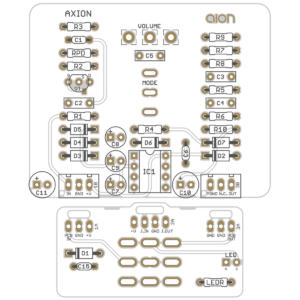 Axion JFET Preamp
Axion JFET Preamp
Releasing today is our adaptation of the Secret Preamp, called the Axion. It joins our Ares and Ephemeris as the third Echoplex-inspired circuit in our lineup, so you can choose whichever interpretation seems best to you.
